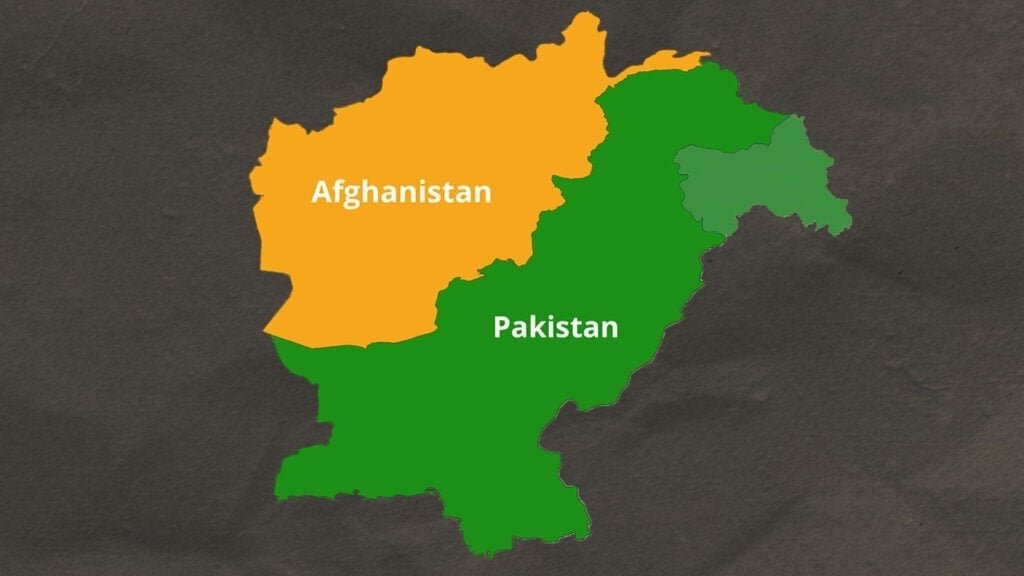Months after experiencing its first solar eclipse of 2023 in May, the world is gearing up for its third and final solar eclipse set to occur on October 14 and 15 of this year.This upcoming celestial event, known as an “annular solar eclipse,” transpires when the moon comes between Earth and the sun while situated at or near its farthest point from our planet. In this type of eclipse, the moon does not entirely obscure the sun, distinguishing it from a total solar eclipse.Solar eclipses are relatively rare occurrences due to the moon’s orbital plane not aligning precisely with that of the sun and Earth, as explained by NASA.While the Pakistan Meteorological Department (PMD) has confirmed the eclipse’s schedule, it’s important to note that it won’t be visible in Pakistan. According to the PMD, the eclipse is set to commence at night and conclude just after midnight on October 15, following Pakistan Standard Time (PST).The different phases of the solar eclipse are expected to unfold as follows:















